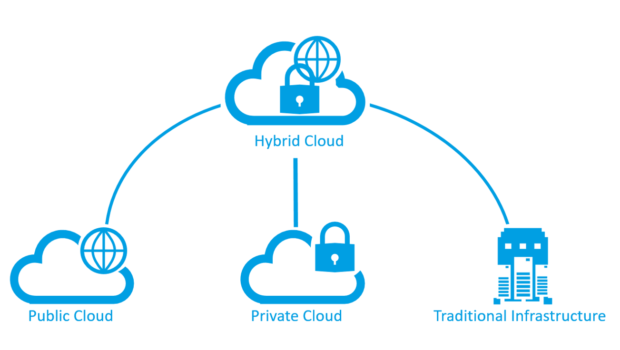Welcome to the hybrid cloud: Peter Tassiopoulos on future of data
Not that long ago, major public cloud providers existed in parallel, but not necessarily in competition. Data storage and networking needs? Nobody did that better than Google. Business processes? Microsoft ruled that particular roost. Meanwhile, if it was machine learning and artificial intelligence you were after, AWS was your perfect match.
But what if your business demanded all of these things? Typically, it left you negotiating with multiple partners to achieve your goals — a significant inconvenience in a sector meant to enhance efficiency, not hamper it.
Fortunately, things have changed, and quickly, says Peter Tassiopoulos, president of Sphere 3D. Those big gaps in functionality between the major public cloud providers are closing quickly, he says. He explains further that as those things converge, there are limitations to public cloud computing hat are better served by having some of your data infrastructure on site.
This, of course, is not the future many foresaw at the dawn of the cloud era, where conventional wisdom seemed to suggest that all data would be centralized, freeing up space for the creative tasks of its interpretation and use. A decade or so late, on-premise data storage has become more valuable than ever.
Why?
There are advantages to both systems, Peter Tassiopoulos explains. On-premise computing is faster, it doesn’t rely on an internet connection, and it’s simply the easiest to manage. If your business is offline, your data is still there, sitting right next to you.
Cloud computing allows a lot more flexibility of movement, but there’s always that nagging feeling that it’s too far out of your hands. At the same time, you can’t argue with its advantages: Aside from anywhere access, it’s also naturally inclined to being managed centrally — one pool or server, versus many — and it’s virtually immune to obsolescence.
Another big advantage: for business that have annual crunch times — like tax season — when additional demand for compute time spikes heavily, cloud solutions have a built-in efficiency. Why pay for heavy built-in infrastructure when you only need it a couple of months a year?
“It lets you pick the right cloud for the right workload,” Forrester Research principal analyst Dave Bartoletti told ZDNet. “It doesn’t artificially limit you.”
That said, it’s not perfect. Neither is on-premise. The answer, then, may lie in a happy marriage between the two. Tassiopoulos says that what we’re looking at is simply integrating physical on-site servers with virtual cloud servers, overlapping their features to use the best of both. That means the gaps get smaller, and maybe someday, there won’t be any. That’s something to get excited about.
This provides the added benefit of paying for the extra compute time only when these resources are needed. Accordingly, for businesses that have milestones throughout the year where an exceptional amount of compute time is needed (tax season, perhaps), extending to the public cloud is a cheaper proposition than building out a private infrastructure that sits idle for most of the year.
















